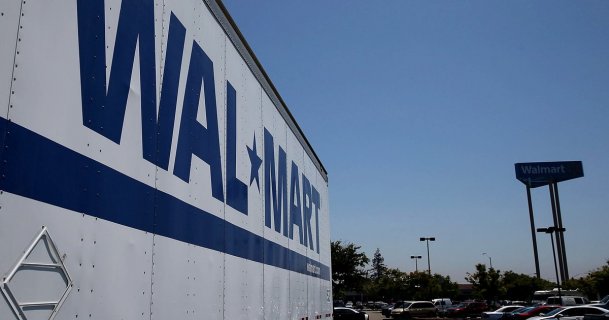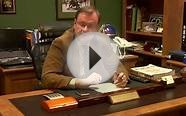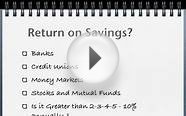
There are four main methods of securing cheap, short-term cash. The questions below will guide you to the correct route.
Simply buy it at 0%
Get a credit card with an introductory 0% rate for purchases' and buy what you need on it:
- Who's it for? Those with a decent credit history who can spend on a credit card
- Cost? 0%
- Maximum length of borrowing? 27 months (can be extended if you play)
- How much can you borrow? Up to your credit limit, 5, 000 is around standard
How to do it
Apply for a new credit card which offers 0% interest on new purchases (do ensure it's on purchases not just balance transfers). You can get up to 27 months at 0% (read the 0% Credit Cards guide).
Assuming you're accepted, you'll be given a credit limit (the maximum amount you can borrow) depending on your credit history and income. If this isn't high enough, there's nothing stopping you applying for another card elsewhere and using them in conjunction though don't apply for lots as that will damage your credit score (see the Credit Ratings guide).
Now simply make the purchase(s) on the card, and make the repayments within the 0% period. You need to pay at least the card's fixed minimum repayment each month (usually around 2% of the outstanding balance), yet to clear the card over the 0% period you need to repay more than that.
If there's a problem and you can't repay in time, then shift your debt to a cheap balance transfer offer before the end of the 0% period (for a full explanation see Best Balance Transfers) otherwise the rate will shoot up to 15% - 20%.
Use a 0% overdraft
Shift to a bank account with an introductory 0% overdraft and use that:
- Who's it for? Those who rarely use their overdraft, and are looking to borrow low amounts for a short period
- Cost? 0%
- Maximum length of borrowing? 12 months
- How much can you borrow? Up to 5, 000 depending on income & credit history
The Nationwide FlexDirect* account offers new current account customers a 0% overdraft for the first year of holding the account, after which the charge on the overdraft is 50p per day.
Of course, if you already have an overdraft you can't use it for new borrowing (though it will cut the cost as you can shift it). Simply set up the account and use the money for whatever you need - but make sure you've paid back before the 0% ends.
Flexible loans
Flexible loans allow you to borrow money like a normal loan, but repay more quickly and without penalties:
- Who's it for? Anyone who needs a larger cash loan, and wants a simple route
- Cost: 5-18% but only for the length of the borrowing
- Maximum length of borrowing? 12 months (any longer and you should consider a standard loan)
- How much can you borrow? Up to 15, 000 depending on credit history
The vast majority of loans available are designed with structured repayments over a fixed period. Pay them off early and you could be charged a penalty of up to two months interest. Yet a few firms offer more flexible loans, which you can repay in full whenever you like, without facing any fees (see Cheapest Personal Loan article for more info).
If you've a good credit score, Zopa* and Ratesetter* can be cheaper than high street bank loans. These are peer-to-peer lenders, the idea being that they unite people who want to lend with those who want to borrow.
Loan rates vary daily and are determined by the amount needed and length of borrowing. For example, borrowing 7, 500 for four years with Zopa can be done at a fixed interest rate of 3.02%. However, a borrowing fee of 70 pushes the APR to 3.5%, and the fee is payable in its entirety whether the loan is repaid early or not.
Interesting facts
Additional information




|
Short Term Loans Neon Sign Lighting (Jantec Sign Group)
|











